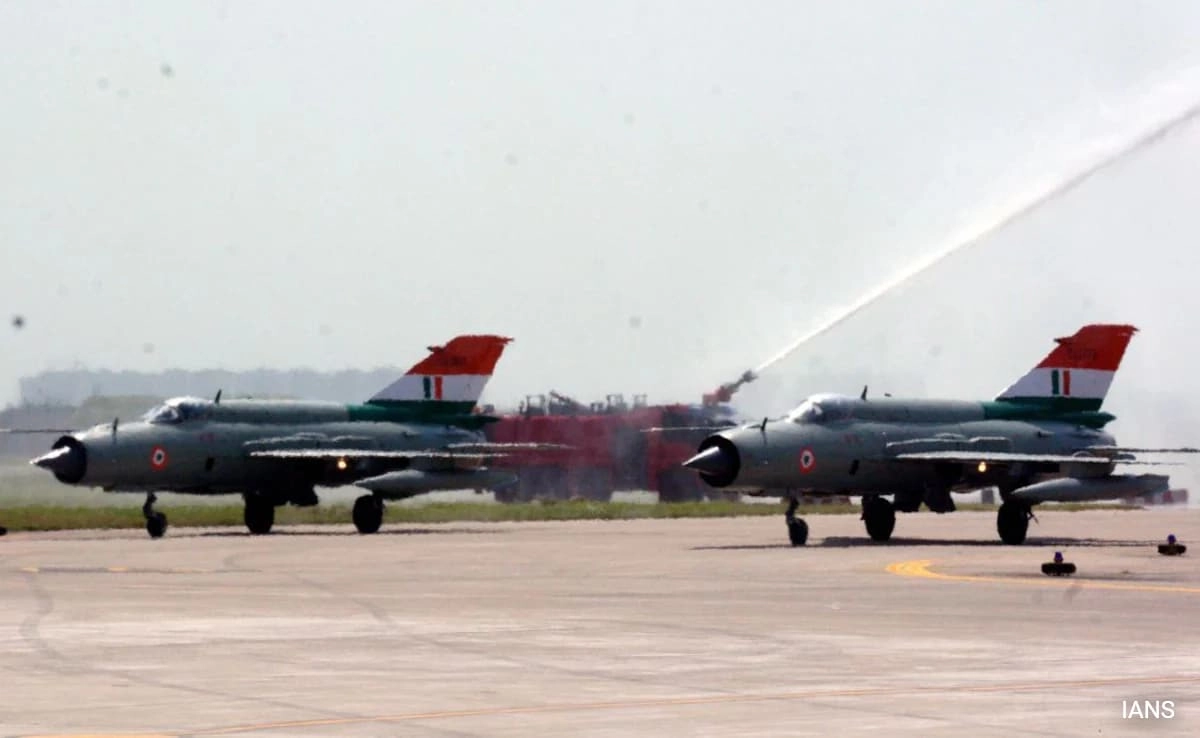The MiG-21, a remarkable fighter jet, has been a significant part of various air forces around the world since its introduction. However, as technology evolves and newer aircraft are developed, many countries are now faced with the question of what to do with their retired MiG-21 fleets. Here are five key considerations regarding the future of these iconic jets.
First, the MiG-21’s legacy as a versatile and cost-effective fighter cannot be overlooked. Many nations have relied on this aircraft for decades due to its relatively low operating costs and robust performance. As these jets retire, some countries may choose to preserve them as historical artifacts, showcasing their contributions to military aviation and national defense. Museums and airshows can serve as platforms to educate the public about the MiG-21’s capabilities and its role in various conflicts.
Second, there is the potential for upgrading and refurbishing retired MiG-21s. Some countries might opt to modernize these aircraft, integrating newer avionics, weapons systems, and engines to extend their operational life. This approach can be more cost-effective than acquiring brand new fighter jets, especially for nations with budget constraints. By revitalizing existing fleets, countries can maintain a capable air defense without the financial burden of purchasing advanced fighters.
Moreover, the retired MiG-21s can be repurposed for training roles. Many air forces require platforms for pilot training and air combat simulation, and the MiG-21 can serve this need effectively. Utilizing these jets for training allows new pilots to gain experience in handling fighter aircraft without the high costs associated with flying modern jets. This strategy not only optimizes the use of retired aircraft but also ensures that pilots are adequately prepared for more advanced systems in the future.
Finally, the global arms market may play a role in determining the fate of retired MiG-21s. Some countries may seek to sell or donate their unused aircraft to nations that still require affordable aerial capabilities. This could lead to increased military cooperation or assistance between nations, fostering strategic partnerships. Additionally, the dismantling of these jets for spare parts could provide valuable resources for maintaining active fleets, ensuring that the legacy of the MiG-21 continues even as it retires from active duty.
In conclusion, the future of retired MiG-21 fighter jets is multifaceted, encompassing preservation, modernization, training, and potential international cooperation. While these aircraft may no longer dominate the skies, their historical significance and versatility offer various pathways for continued relevance in military aviation. By thoughtfully considering their options, countries can ensure that the MiG-21 remains a part of aviation history while also serving practical roles in the present and future.




